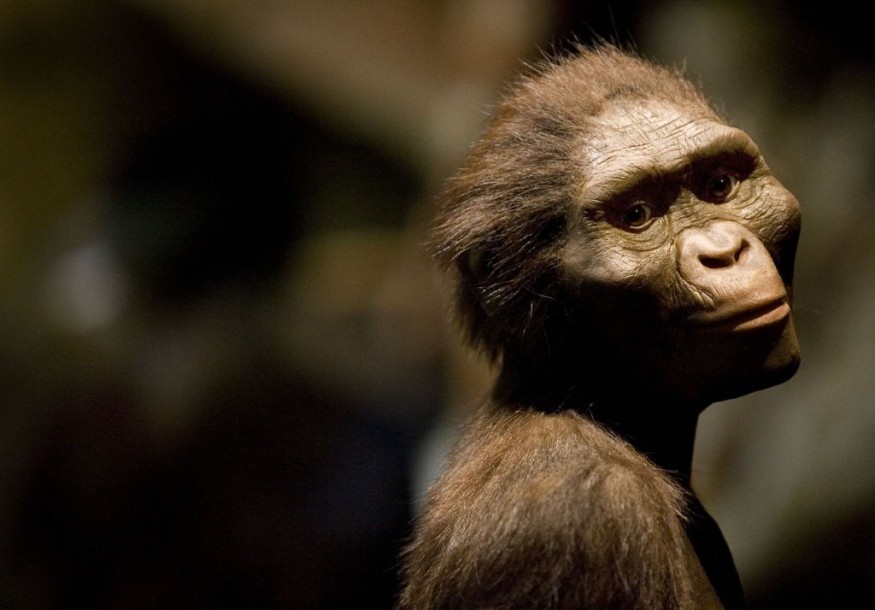Stereotypical traits of humans, like their large brains, were first seen in Homo erectus roughly 2 million years ago. Evolutionary transitions, such as this one, to more human-like traits, are believed to have a link to major dietary shifts involving more meat consumption. However, recent study questions the meat-eating primacy in early human evolutions.
Although archeological evidence for meat consumption dramatically increased after the Homo erectus' appearance, authors of the recent study argue that the increase largely can be explained by more research attention towards the time period, skewing the evidence in favor of the hypothesis that meat made modern humans.
Carnivory and the Human Evolution

W. Andrew Barr, lead author of the study and assistant professor of anthropology at the George Washington University, explains that generations of paleoanthropologists have researchers famously well-preserved sites such as Olduvai Gorge in search of evidence of early human meat consumption, which furthers the viewpoint that after 2 million years in the past, an explosion of meat-eating occurred. However, Barr argues that when quantitatively synthesizes the data from various sites across eastern Africa is used to test the hypothesis, similarly to the team's research, it begins to unravel that meat heavily influences human evolution.
Together with his colleagues, Barr compiled numerous published data from nine significant researchers in eastern Africa, including 59 site levels that date back to two-point-six and one-point-two million years in the past. The team used numerous metrics to track the carnivory of hominin or the number of zooarchaeological sites that have preserved animal bones with cut marks made by stone tools and the total amount of animal bones with cut marks across the said sites.
Disproving the "Meat Made Humans" Hypothesis
The research published in the journal Proceedings of the National Academy of Sciences of the United States of America, titled "No sustained increase in zooarchaeological evidence for carnivory after the appearance of Homo erectus," found that when variations in sampling efforts were taken into account, there would be no sustained increase in the amount of evidence for carnivory post-Homo erectus appearance. Researchers noted that although the raw abundance of modified bones and the number of zooarchaeological sites and levels all show an increase after the Homo erectus appearance, the increases are also mirrored by a corresponding rise in the intensity of sampling, which suggests that it was intensive sampling and not changes in human behavior that caused the seeming dietary shift.
Briana Pobiner, the co-author of the study and a research scientist at the Smithsonian National Museum's Human Origins Program, says that she has excavated and studied cut marked fossils for the past 20 years, and the team's findings are very much a big surprise for her. She adds that the study alters our initial understanding of what zooarchaeological records tell us regarding the earliest prehistoric carnivory. Additionally, it also shows how vital it is that researchers ask the big questions regarding human evolution while uncovering and assessing new evidence about the past, as reported by PhysOrg.
Check out more news and information on Anthropology in Science Times.
© 2025 ScienceTimes.com All rights reserved. Do not reproduce without permission. The window to the world of Science Times.












